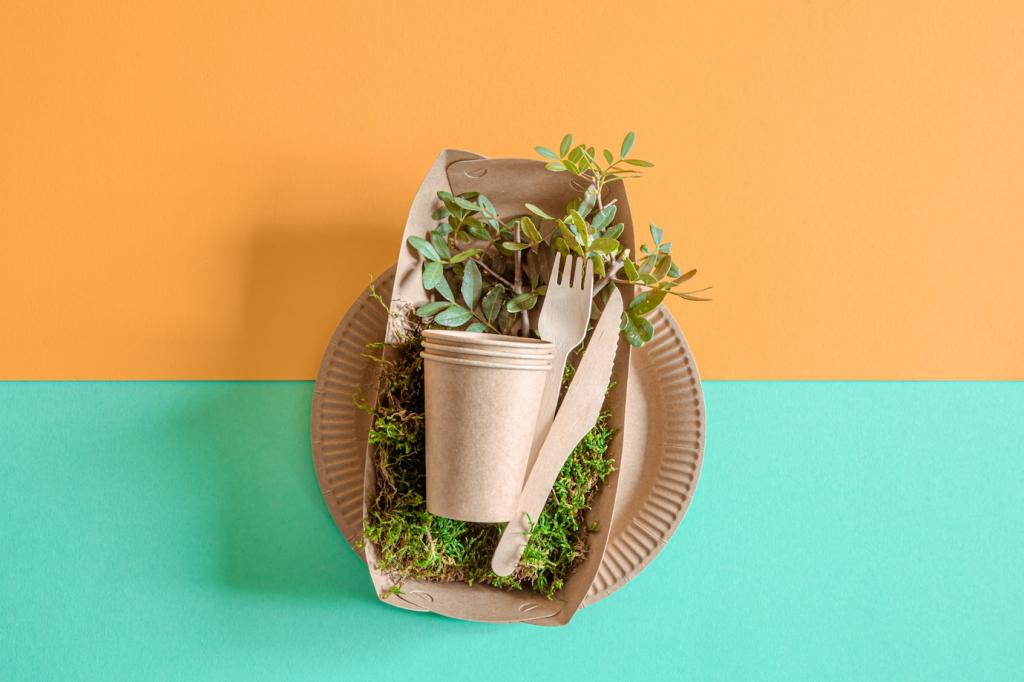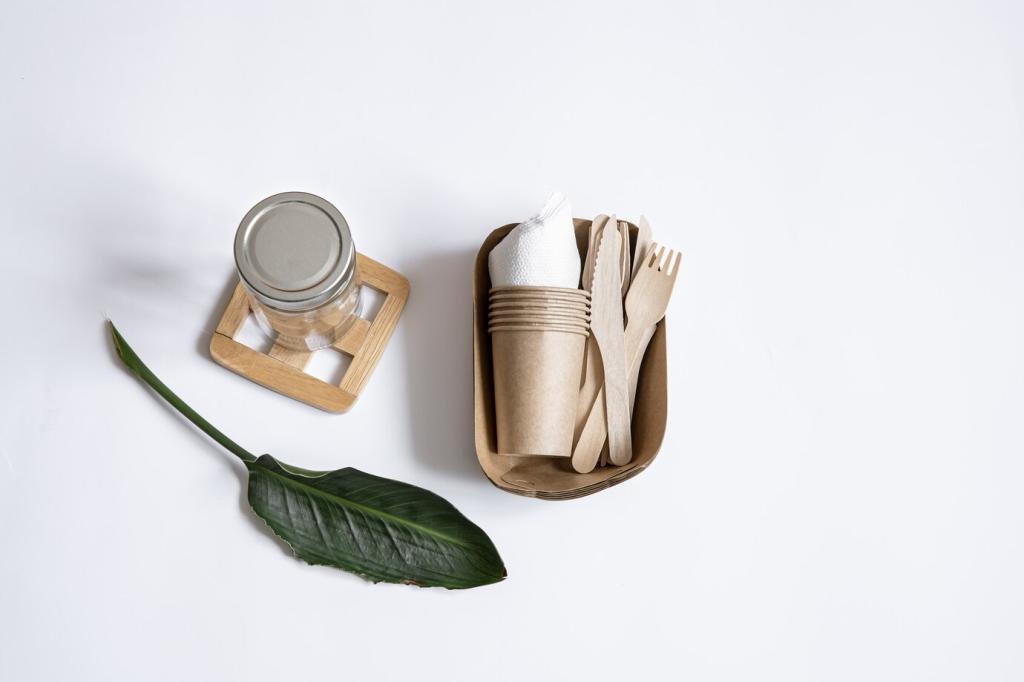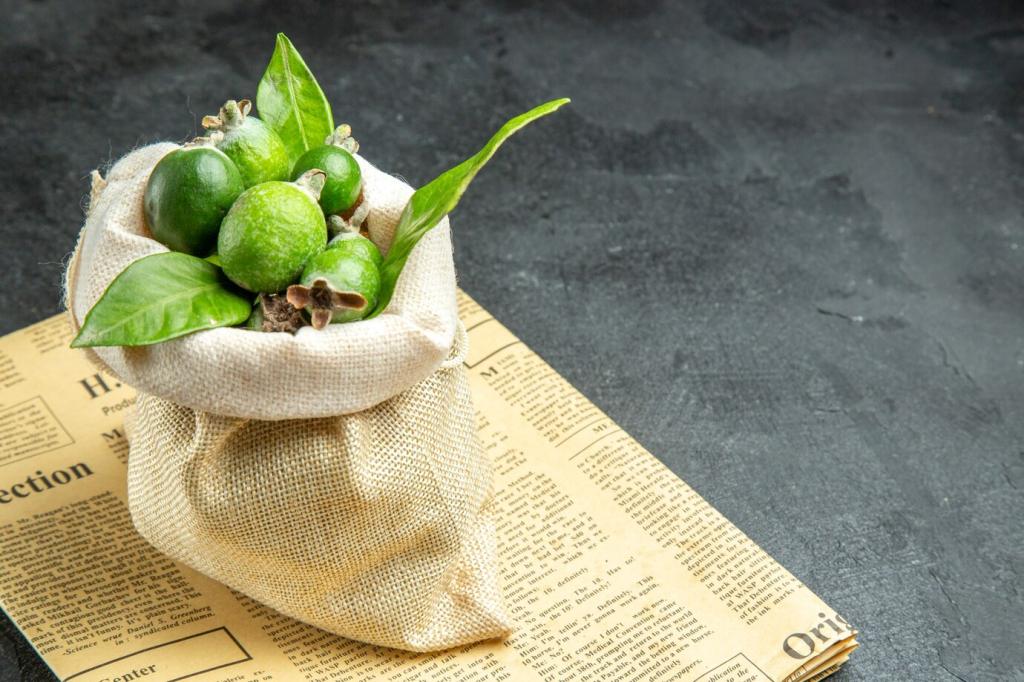Your Next Steps: Confident, Certified Interiors
List preferred certifications by category—paints, flooring, furniture, and wood—plus databases and certificate links. Keep it handy for every project meeting. If this guide helped, subscribe for ongoing tips on green certifications for interior materials and practical tools you can use immediately.
Your Next Steps: Confident, Certified Interiors
Tell us which certifications clarified your choices, where you got stuck, and what you want to learn next. Your stories help others choose better interior materials. Comment with your favorite verified products or questions—we’ll feature community insights in future posts.
Your Next Steps: Confident, Certified Interiors
Certifications update to reflect new science and safer chemistries. Follow official databases, ask vendors for refreshes, and sign up for our newsletter. Together we’ll keep decoding green certifications for interior materials and make every room a little clearer, kinder, and easier to breathe.
Your Next Steps: Confident, Certified Interiors
Lorem ipsum dolor sit amet, consectetur adipiscing elit. Ut elit tellus, luctus nec ullamcorper mattis, pulvinar dapibus leo.








